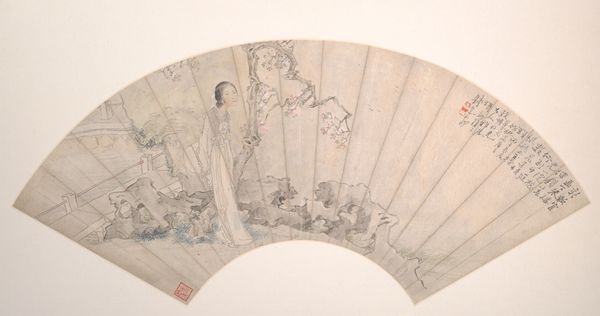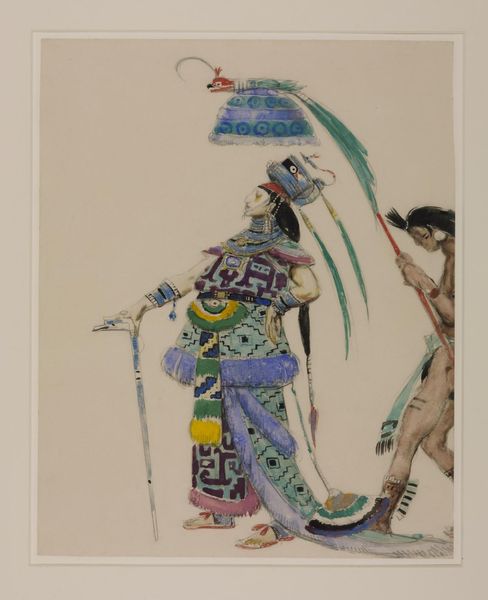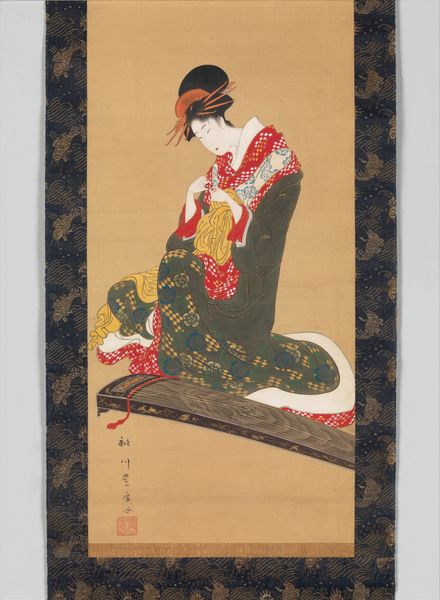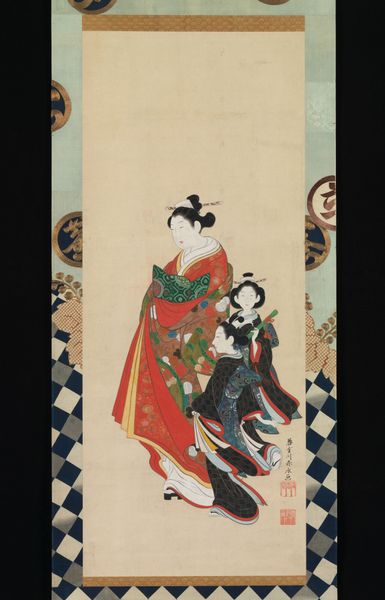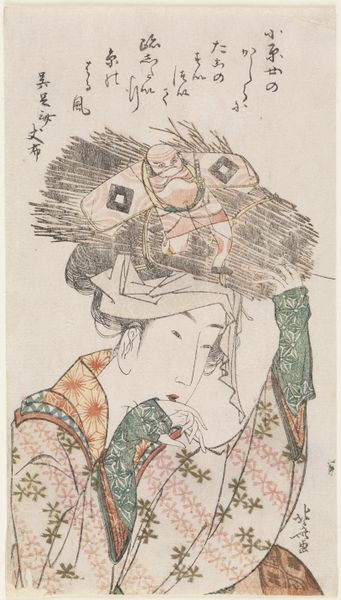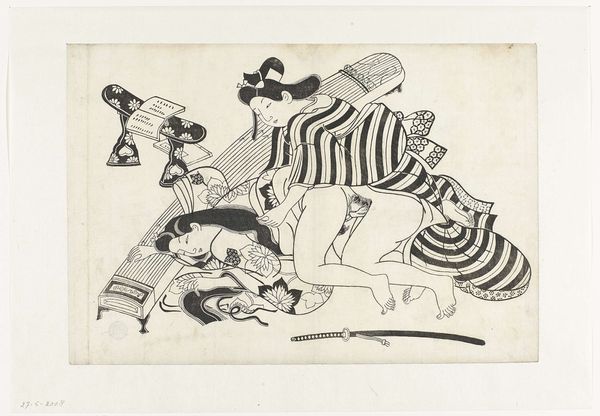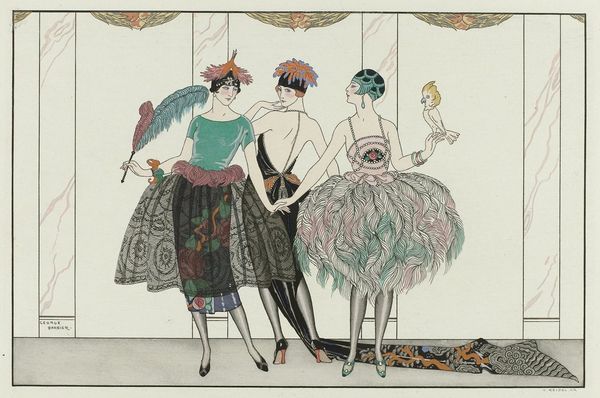
ceramic, porcelain, sculpture
#
asian-art
#
ceramic
#
porcelain
#
figuration
#
sculpture
#
men
#
genre-painting
#
decorative-art
#
rococo
Dimensions: Overall (confirmed): 14 1/2 × 14 1/2 × 14 5/8 in., 30.2 lb. (36.8 × 36.8 × 37.1 cm, 13.7 kg)
Copyright: Public Domain
Editor: Here we have "Chinese Musicians," a porcelain sculpture made around 1750-1760 by the Chelsea Porcelain Manufactory. The figures are so lively and colorful! What strikes me most is the cultural representation...How should we interpret the work through a modern, more critical lens? Curator: This piece offers a glimpse into the complex dynamics of cultural exchange and representation during the Rococo period. These figurines, crafted in Europe, reflect a European fascination with, and often a misunderstanding of, Asian cultures. How does the depiction of these "Chinese musicians" sit with you, knowing they were made for a European audience? Editor: It feels... complicated. The detail is incredible, but the potential for misrepresentation is definitely there. I wonder if the artists at Chelsea Porcelain had any real understanding of Chinese music or culture? Curator: Precisely. The exoticization of the East was a trend, and objects like this catered to that desire for the "other." It's vital to examine the power dynamics at play. Who is telling this story, and for what purpose? Think about the colonial context, the trade routes, and the ways in which knowledge about non-European cultures was being formed and disseminated. How might these figures contribute to stereotypes, or reinforce existing power structures? Editor: I hadn’t really thought about it like that before, seeing it more as just a beautiful object. Curator: And it IS beautiful, skillful, and valuable. But its historical value resides partly in how it speaks to the construction of identity and difference. The figures can prompt us to examine how Western art has historically depicted other cultures and how that shapes perceptions today. We must question whose voices are being centered and whose are being marginalized or misrepresented. What do you think, reflecting on it now? Editor: I see your point. The object itself might be decorative art, but thinking about its place in the bigger picture, historically, shifts my perspective on it entirely. Curator: Absolutely. And by interrogating these historical depictions, we can become more aware of our own biases and assumptions. Editor: Thank you! It definitely gave me something new to consider.
Comments
No comments
Be the first to comment and join the conversation on the ultimate creative platform.
